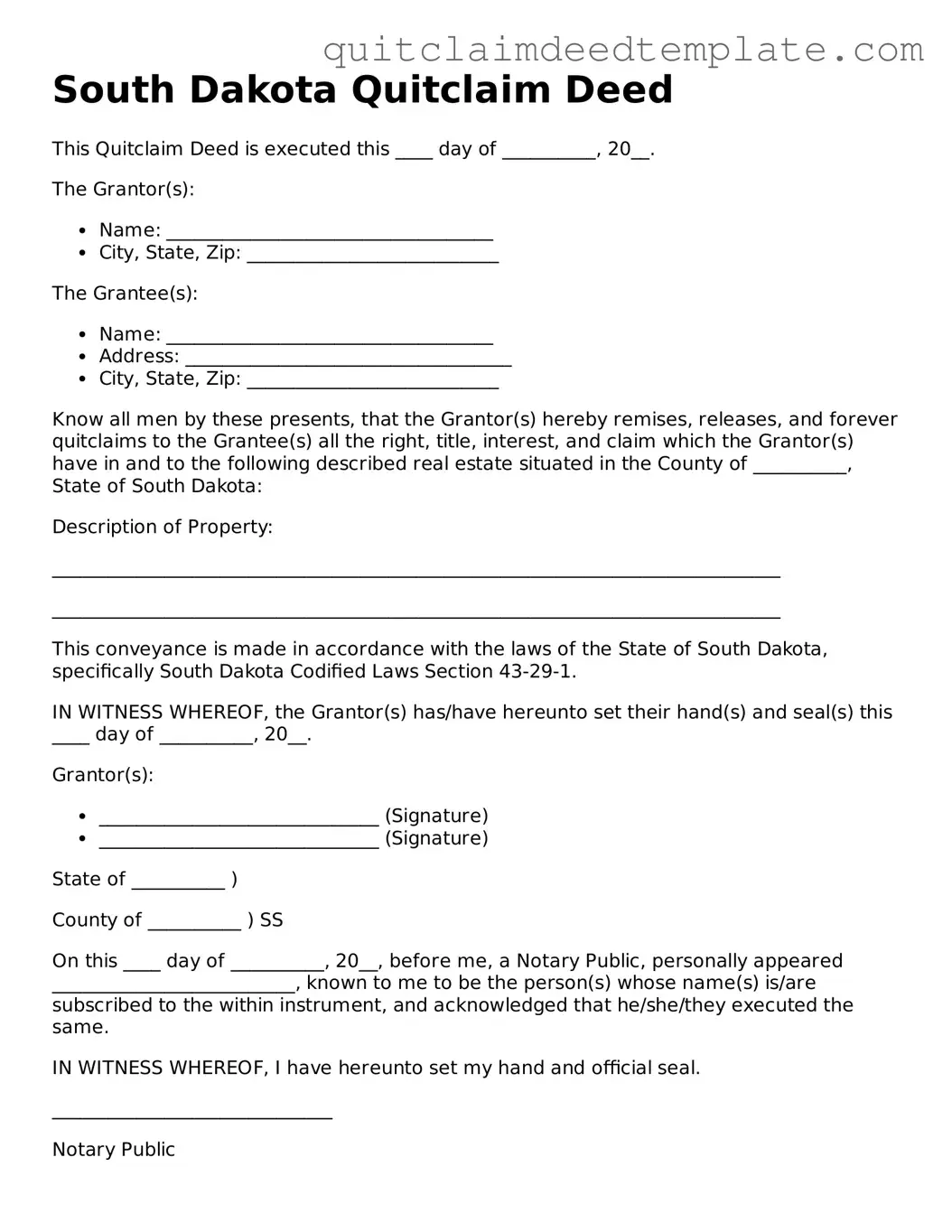A Warranty Deed is a legal document that transfers ownership of real estate from one party to another. Unlike a quitclaim deed, a warranty deed provides a guarantee that the grantor holds clear title to the property and has the right to sell it. The grantor also warrants that the property is free from any liens or encumbrances, except those specifically listed in the deed. This added layer of protection makes warranty deeds more commonly used in traditional real estate transactions.
A Bargain and Sale Deed transfers property ownership without guaranteeing clear title. This type of deed implies that the grantor has the right to sell the property but does not offer any warranties against claims by third parties. It is often used in transactions involving foreclosures or tax sales, where the seller may not have a full history of the property’s title.
A Grant Deed is similar to a warranty deed but typically provides fewer guarantees. It assures the buyer that the seller has not sold the property to anyone else and that the property is free from any encumbrances created during the seller's ownership. However, it does not guarantee against issues that may have existed prior to the seller's ownership, making it less protective than a warranty deed.
A Special Purpose Deed is used for specific types of transactions, such as transferring property into a trust or conveying property between family members. It may include unique provisions that cater to the specific needs of the transaction. Like a quitclaim deed, it often does not provide warranties regarding the title, making it a straightforward option for certain situations.
An Executor’s Deed is used when a property is transferred from a deceased person's estate. The executor of the estate, appointed by the court, signs this deed to convey the property to the beneficiaries. While it may not guarantee clear title, it serves as a legal means to transfer ownership following a person's death, similar to how a quitclaim deed transfers property rights without warranties.
A Trustee’s Deed is executed by a trustee of a trust to convey property held in that trust. This deed allows the trustee to transfer ownership to a beneficiary or another party. Like a quitclaim deed, it typically does not provide warranties about the title, focusing instead on the authority of the trustee to make the transfer.
A Deed in Lieu of Foreclosure is used when a borrower voluntarily transfers the property back to the lender to avoid foreclosure. This document can be beneficial for both parties, as it allows the borrower to avoid the lengthy foreclosure process. The deed transfers ownership without warranties, similar to a quitclaim deed, and is often considered a last resort for homeowners facing financial difficulties.
A Leasehold Deed conveys a leasehold interest rather than full ownership of the property. This document is often used in commercial real estate transactions where the tenant has a long-term lease. While it does not transfer ownership, it establishes the tenant's rights to use the property, akin to how a quitclaim deed establishes the rights of the grantee without warranties.
A Mineral Deed transfers ownership of mineral rights, allowing the buyer to extract resources from the property. This type of deed is often used in the context of oil and gas transactions. Similar to a quitclaim deed, a mineral deed may not provide warranties regarding the title or the presence of resources, focusing solely on the transfer of rights.
